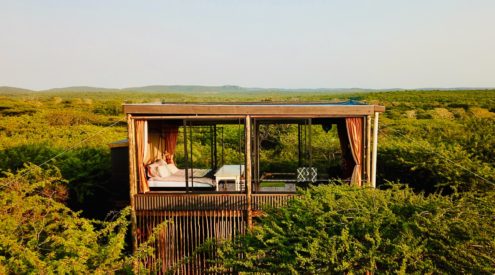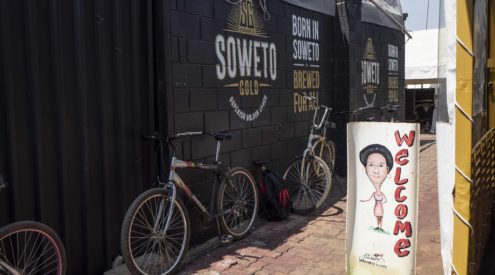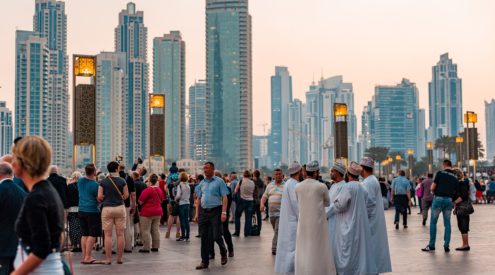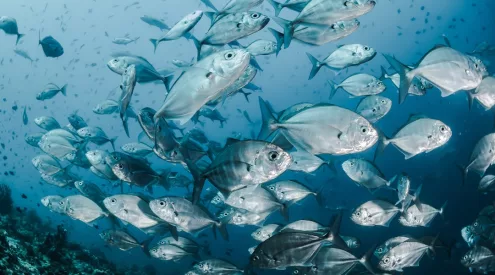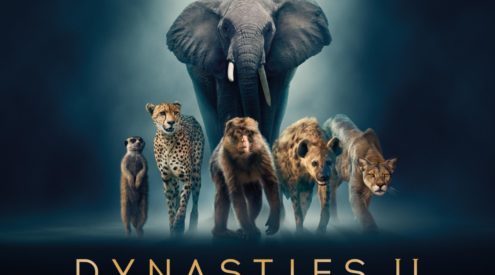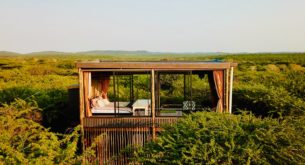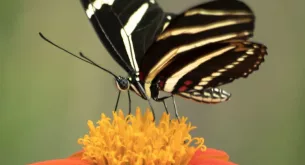The versatile yellow mongoose is as at home in the vast expanses of the Kalahari as it is in Johannesburg‘s bustling suburbia.
While I was walking along one of the rocky ridges overlooking Alberton, a small furry creature made a sprint into some bush just ahead of me. Standing still, I watched closely to try and make out what creature I had startled. Just as I was about to continue, a pointed little head popped up above the bush and its little orange-brown eyes gazed intently upon my human form, which was so rudely intruding upon its territory.
I started talking to it in the best mongoose language I could muster. Thank goodness I was alone. Even the mongoose scuttled off in disapproval. Returning the next day with camera in hand, I was greeted by not one, but two of the little furry creatures. Upon my arrival, they both hurtled off into the cover of thick grass, but after a while, sensing that I was not a threat to them, they continued foraging and basking in the late afternoon sun. If I approached too close, they would scuttle off and comically peer over the top of some rocks, sizing me up. After a while, they became rather relaxed in my presence and continued their frolicking and foraging between the rocks and through the long grass.
Of the approximately 23 species of African mongoose, the yellow mongoose, cynictis penicillata, is a highly adaptable species. Common in the Kalahari where it often mingles with suricates and ground squirrels, these adaptable mongooses occur throughout much of the drier west, including much of Namibia, Botswana and the Karoo, but avoid the sandy dunes of the Namib Desert. They are also found on the Highveld grasslands and penetrate into parts of the bushveld.
Populations of these mongooses still occur in some of the rocky ridges around Johannesburg, as well as on several golf courses, and will sometimes forage in the quieter gardens and parklands. With a reddish-yellow coat and a white-tipped tail, they are easy to identify. The eyes are orange-brown and they are medium-sized as far as mongooses go: 40-60 cm fully grown with a tail length of 18-25 cm.
Yellow mongooses hunt throughout the day, but tend to be more active in the early morning and late afternoon, especially where high summer temperatures prevail. They feed on insects, other invertebrates as well as small mammals, reptiles and probably bird eggs and fledglings when the opportunity presents itself.
Females produce between two and five young, usually during the summer months. After photographing the Alberton ridge mongooses, I could not help but wonder how much longer they could survive the rapid urbanisation engulfing the last remaining Johannesburg ridges.

